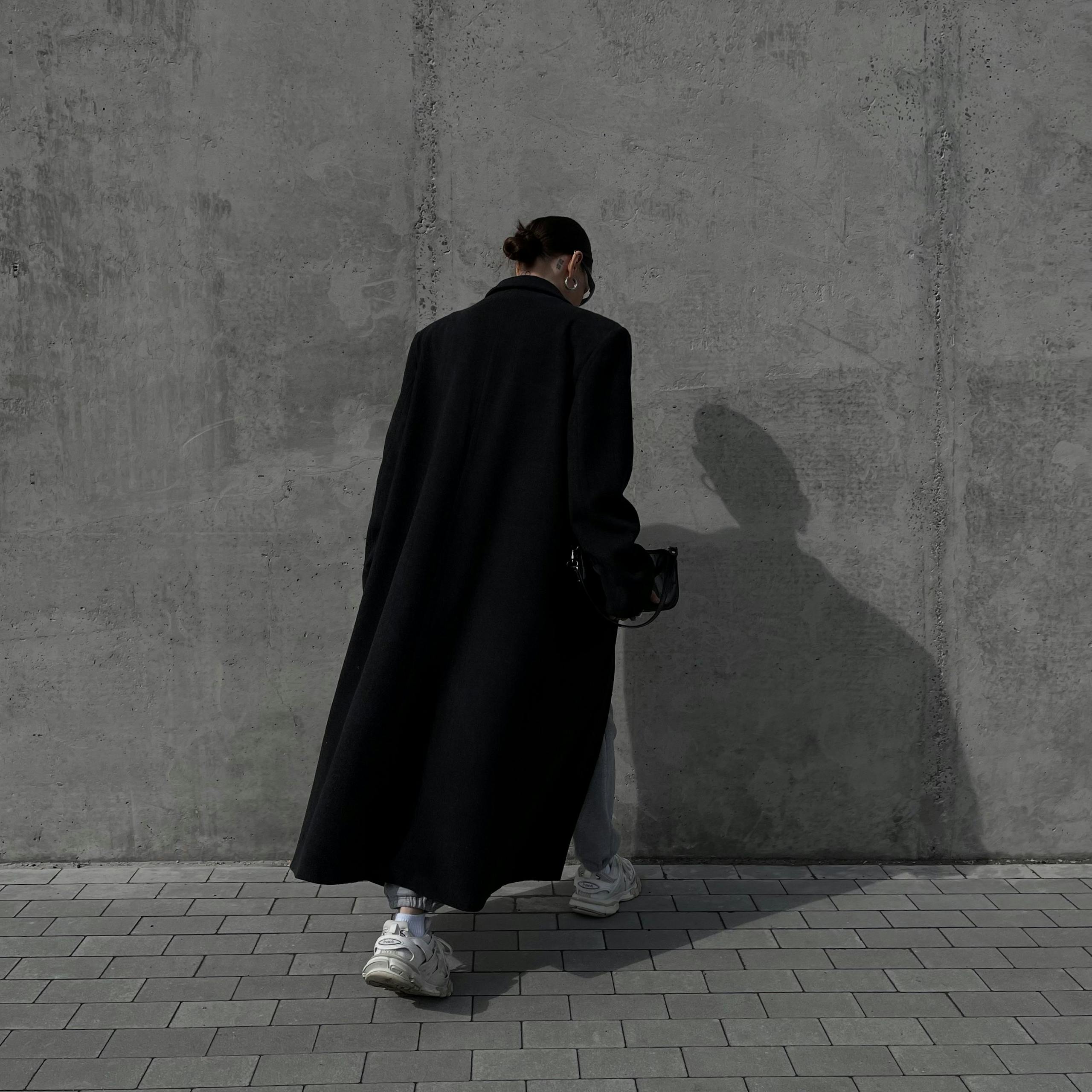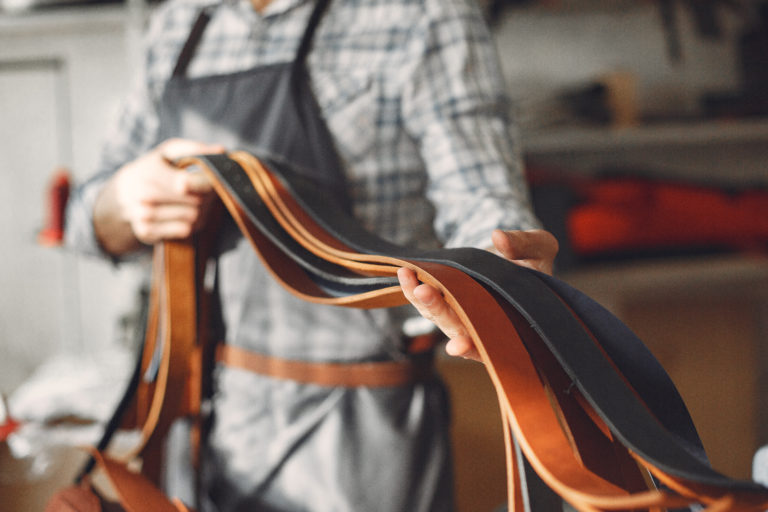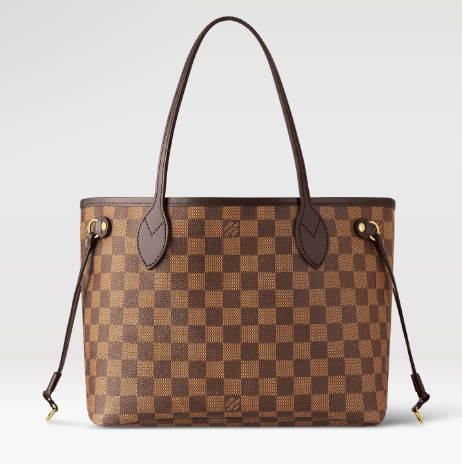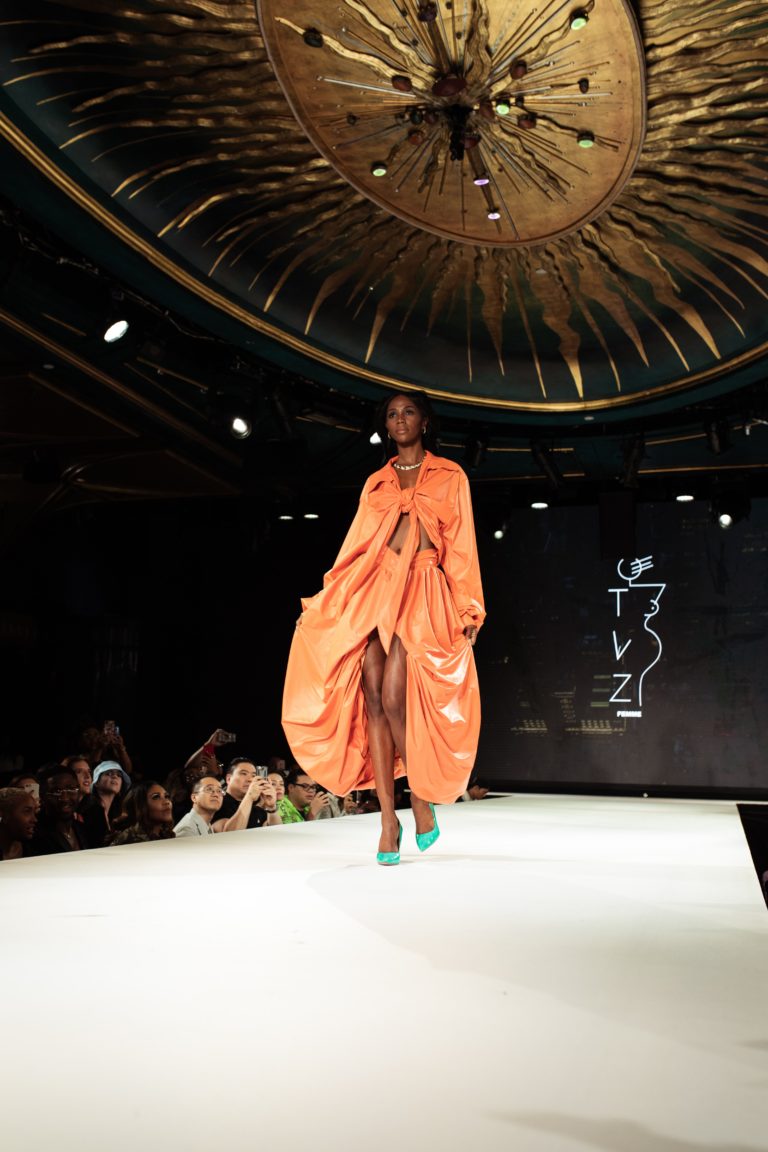Cristóbal Balenciaga’s Legacy: The Creative Directors
The Enduring Legacy of Cristobal Balenciaga
Cristóbal Balenciaga’s legacy has been continued by these creative directors of the Balenciaga brand, Michel Goma, Josephus Thimister, Nicolas Ghesquière, Alexander Wang and presently Demna Gvasalia.
Each of them have contributed heir unique skills and creative direction, while paying respect to Balenciaga’s vision. They have successfully balanced honoring the brand’s storied past with injecting their personal aesthetics and contemporary trends into the collections. This delicate equilibrium has ensured that Balenciaga remains at the forefront of fashion innovation, continually evolving yet always reflective of its foundational design principles.
Cristóbal Balenciaga’s take
According to Lourdes Iglesias, who produced a Cristóbal Balenciaga series, “His legacy is very, very important, and he mentioned that he didn’t want the Maison to continue with his name under a different designer,” Iglesias said. “The essence of the series is about his authorship. Only he is the author of his dresses.”
Not to mention Cristobal Balenciaga was known to be a very private person and had made to plans to continue his brand after he passed away. The brand lay dormant for 18 years as Balenciaga closed the Maison, his fashion house, in 1968 and it was only until a French perfume and cosmetic company Jacques Bogart SA bought it in 1986 and revitalized it to produce ready-to-wear lines. This is something that he, Cristóbal Balenciaga, was very averse to during his days in Paris.
Balenciaga evolved through the years with its different Creative Directors, initially beginning with Michel Goma who began the ready-to-wear lines.
Michel Goma: Revitalizing the Brand (1987-1992)
Michel Goma joined Balenciaga in 1987, bringing a new energy to the brand. He was tasked with revitalizing Balenciaga, and he did so by introducing ready-to-wear collections that were accessible yet retained the elegance the brand was known for.
Goma’s tenure marked a shift towards more commercial offerings, which helped keep Balenciaga relevant in a rapidly changing fashion landscape. While his designs were a departure from Balenciaga’s traditional haute couture roots, they maintained a level of sophistication and quality that was synonymous with the Balenciaga name.
However, the brand was not quite the same and the media and consumers had mixed reviews until Josephus Thimister took over in 1992.
Josephus Thimister’s Contribution (1992-1997)
Josephus Thimister took the reins at Balenciaga in 1992, steering the brand back towards its haute couture heritage. Thimister is credited for reconnecting with the house’s luxurious roots while infusing a sense of modernity into the collections.
He had a minimalist style that resonated with the public, with a blend of respect for the brand’s history using Balenciaga’s iconic silhouettes and a fresh take on contemporary fashion, he set the stage for future creative directors to build upon.
Nicolas Ghesquière’s Modern Interpretation (1997-2012)
When Nicolas Ghesquière became the creative director of Balenciaga in 1997, he brought a fresh and modern perspective to the brand. He was present when Balenciaga was sold to French luxury fashion group, Kering in 2001 which gave him access to more funding to push the brand’s creative direction further.
He was recognized for making shows focused on one central key topic, in Spring 2008, it was wild florals, whilst in 2002 it was collaged together dresses with fine prints and designs. Throughout the 2000s, he pioneered many fashion trends through his work at Balenciaga.
Alexander Wang: A Fusion of Styles (2012-2015)
Alexander Wang, taking the helm at Balenciaga in 2012, brought his unique blend of modern street-style and luxury. He is best known for his urban inspired designs and use of black which helped him fit into the Maison Balenciaga as Cristobal Balenciaga was well known for his love of the colour black.
His designs were a contemporary interpretation of Balenciaga’s ethos, infusing youthful energy while respecting the house’s couture heritage. Wang’s tenure was characterized by a focus on wearable, yet sophisticated designs that appealed to a younger demographic, thereby expanding Balenciaga’s reach in the fashion world.
Unfortunately, he did not stay long at Balenciaga, as he said he was unable to commit himself fully to the brand, while running his own label named after himself. He was experiencing burnout as he was running two successful companies at the same time.
Demna Gvasalia: Pioneering a New Vision (2015-present)
Demna Gvasalia’s appointment in 2015 marked a bold new era for Balenciaga. Known for his avant-garde approach and disruptive design philosophy, Gvasalia reinterpreted Balenciaga’s legacy through a modern lens. Demna Gvasalia known for his street style brought fresh ideas to Balenciaga, and yet he managed to stage Balenciaga’s first Haute Couture show in over 50 years.
His collections play with Balenciaga’s idea of silhouettes, he often deconstructs them with the color black and hats, however pushing it a bit further often covering up the face entirely which forces the audience to really look at the shape and form of the material.
Preserving the Legacy: Haute Couture and Ready-to-Wear
Under each creative director, Balenciaga’s influence on both haute couture and ready-to-wear has been profound. The brand has seamlessly blended high fashion with mainstream appeal, ensuring that Balenciaga’s legacy is not only preserved but also made relevant for contemporary audiences. From Goma’s commercial strategies to Gvasalia’s avant-garde designs, each director has contributed to maintaining Balenciaga’s status as a fashion powerhouse.
Balenciaga Today: Evolving the Legacy
Today, Balenciaga continues to be a significant player in the fashion industry, constantly evolving while staying true to its heritage. The brand’s ability to adapt to changing times while maintaining the essence of Cristobal Balenciaga’s vision is a testament to the skill and creativity of its creative directors. Balenciaga remains at the forefront of fashion innovation, continuously setting trends and shaping the future of fashion design.






